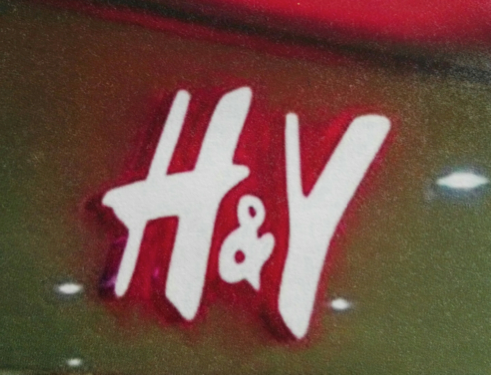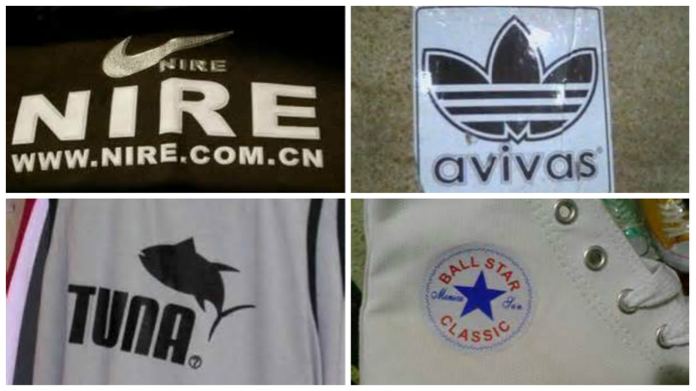Blog post -
How to protect your Brand in China
The business of counterfeit and/or smuggled products is a double-edged sword. Some people consider it a sign of success in China since products are not copied illegally unless they are generating big sales usually.
Prior to their market entry in China, some international companies find that Chinese consumers are already familiar with their brand due to smuggling, parallel imports as well as ‘Daigou’ activities. Daigou (代购) is a Chinese term to describe when someone living overseas, typically a Chinese that is working or studying there, buys products in that market and ships them back to clients in China. The major Internet platform that is used for Daigou is Alibaba's ‘taobao.com’, which works in a more or less similar way to our eBay.

Chinese counterfeit products now account for two-thirds of goods seized by US and UK customs, and China remains the largest manufacturer and exporter of counterfeit products worldwide. It’s obvious, therefore, that the Chinese market represents one of the most challenging environments for brand owners.
In general, trademark laws in China are similar to other countries, requiring registration and renewal. The danger is that a trademark applicant can be anyone who files for registration first. This obviously creates problems for companies with a popular and old brand and a significant reputation outside of China that has not entered the Chinese market yet. The current law has enabled some famous trademarks to be firstly registered by a third party in China, requiring the original trademark owner to buy back the Chinese trademark or to go through costly lawsuits.

Chinese consumers prefer the Chinese versions of the brand, because Chinese is their mother tongue. So if you don’t have a Chinese name for your English trademark, you are strongly advised to create one and register it. If not, the local market will be happy to create one for you (which you might not like) and the third party might also register it.

Experts say that the best way to enforce Chinese laws against counterfeits is to ensure you possess registered intellectual property (IP) rights through trademarks, patents, or copyrights. In cases of infringement, you then need to choose the right legal tools for enforcing them.
Copyright is automatic and does not require registration to be enforced. Since Chinese law offers registration, though, it has become common practice to register copyright-protected works to facilitate enforcement.
If enforcement is going to be key to the success of the new amendments, foreign companies facing brand infringement will need to decide which enforcement tools to employ.
Using civil court procedures, for instance, gives time for the counterfeiters to disappear, since their operations are normally underground with few real assets. This is why counterfeit trademarks are normally enforced through administrative raids rather than civil judicial process. Criminal law can also be used but this requires the target to be a large facility and that statutory thresholds will be met in terms of quantity and illegal revenue.

A final piece of advice is to prepare everything early, even before you have decided to enter the Chinese market. Typical trademark applications in China take 4-5 times longer than in advanced countries, and care should be taken in translating your marketing materials and your brand name. This is important because if the Chinese name lacks “distinctiveness,” it can be rejected easily, as many foreign companies had to learn the hard way.
Sources:
- https://www.linkedin.com/pulse/protecting-your-brand-china-jeff-crowther
Read more Swedbrand blog posts at swedbrand.com/blog, or visit our website at swedbrand.com.
Written by
Alessandra Ruggeri
Topics
- Packaging, packing
Categories
- law
- product
- counterfeit
- china
- brand
- protect